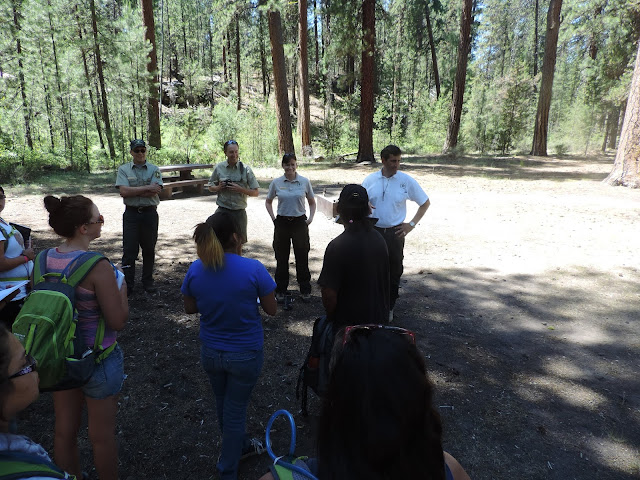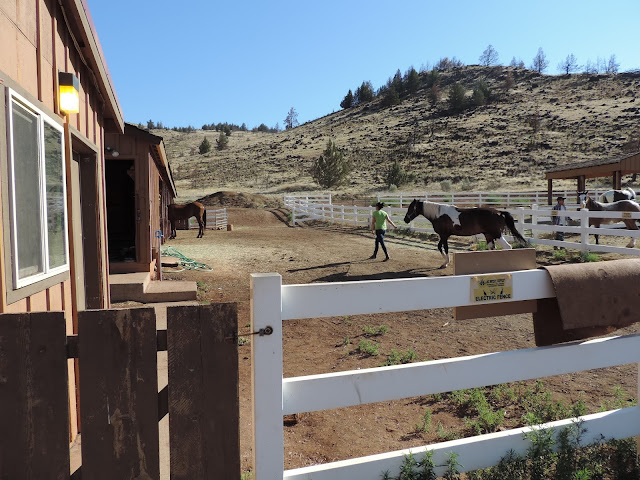This is by far my favorite part of the trip. The forest is truly breathtaking and the people were amazing. The day started off with a doe in camp right by my tent. After scarfing down some fuel, we headed to Lava River Caves south of Bend. After a quick talk by the director Scott McBride, we had a very informative talk with Barbara Webb, a Wildlife Biologist, who specializes in bats. We learned about white-nose syndrome and the precautions the Deschutes NF takes to prevent this fungus from invading the small bat population here.
A short time later, we got to talk with Bart Wills, a Geologist, who took us on a tour of a lava tunnel. He explained the formation of the tunnels and why it was so cold down in the tunnel. 42 degrees is pretty cold but it actually felt pretty good. And boy was it dark. This tunnel was possibly the darkest room I have ever encountered. The lanterns seemed to barely pierce the abyss that surrounded us. So fun!
*Sorry no pictures.. camera batteries decided to take a break.
We next met with Amy Tinderholdt, the Recreation Team Leader, who took us up to Lava Butte. There we had a couple talks with Erin Woodard (Archaeologist) and Doug Johnson (the Fire Management Officer).
 |
| The best view! |
 |
| Erin explaining her job with artifacts |
 |
| The ponderosa have a beautiful view |
 |
| Stuart, a summer intern, describes his job as fire lookout |
Then we ate. Thank you to the whole Deschutes team who put together the potluck in our honor!
 |
| So yum! |
 |
| It looks so calm... |
 |
| And then... Benton Falls |
 |
| Kevin (far left), Shane (far right) and Amy (middle). You were awesome! |
















